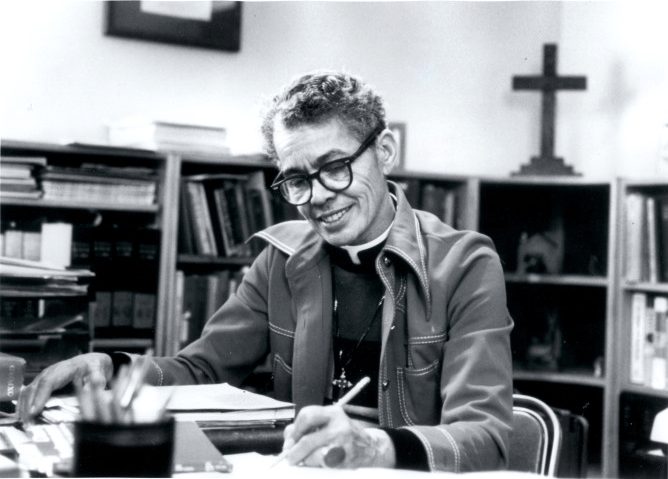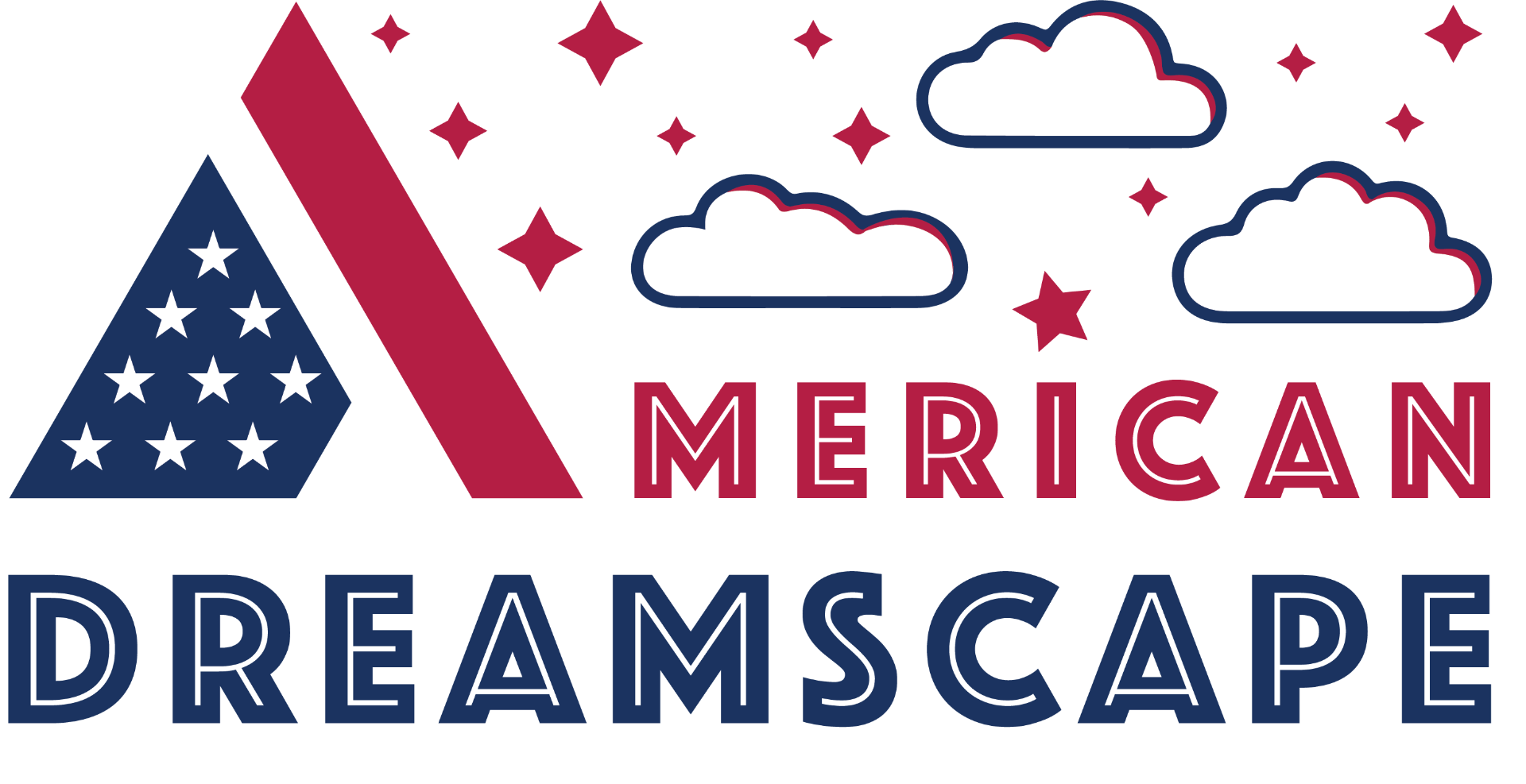
Paulina Anne Murray
Feminist and Civil Rights Activist
Pauli Murray was born and raised by her aunts in North Carolina. She is a half white and half black queer women who believed in equal rights for all. Murray worked her entire life to ensure that African Americans were afforded the same rights and whites. She earned numerous degrees including one in law which she used to do work for civil rights workers such as Thurgood Marshall. Murray was also critically acclaimed author and inspirer to many people throughout her life as she worked for the equality and acceptance of all people.
Anna Pauline Murray, more commonly known as Pauli Murray, was a seventh generation Episcopalian born in Baltimore in November of 1910.1 Her mother died when Murray was four years old and her father struggled with mental illness, therefore after her mother’s death, Murray was raised by her aunts in Durham, North Carolina.
Murray struggled with many obstacles throughout her life that set her apart from others, isolating her from the rest of society. She was half black and half white, which she described as making her a part of neither. Her skin was dark enough to be held back by Jim Crow laws, yet too light to be fully accepted by the black community. She also struggled as a queer woman, who described herself as being “a boy-girl who was attracted to other girls”.²
After she graduated from high school and moved to New York City, where her aunt lived. Her aunt had been successfully hiding as a white women, due to her very light skin color, however when Murray came to live with her this was ruined and she was exposed.
Murray spent a year studying before she passed the entrance exam and applied to Hunter College. She was originally denied entrance because of her “informal education” at an all black southern high school. Murray was one of only two black women in her college, and graduated from Hunter college in 1933.³ Later in life Murray applied to a graduate study at North Carolina University, but was denied admission based solely on her being black. Murray wrote letters to President FDR and his wife, Eleanor Roosevelt, complaining about the racism of a school that would neither enroll, nor employ, African Americans.
Eleanor Roosevelt replied to Murray’s letter claiming that she needed to understand that the south would change slowly and she needed to be more patient. This was the beginning of a strong friendship between Murray and Eleanor.⁴ This was also the year that Murray was arrested for disorderly conduct after refusing to sit in the back of the bus in Richmond Virginia. This is how she came into contact with people such as Thurgood Marshall and Leon A. Ransom who wanted to take the issue of segregation to the courts, but were not given the chance due to the fact that Murray was only charged with disorderly conduct.
This event inspired Murray to apply to Howard law school and become a lawyer. She thrived in law school, where she made points to her peers that sexual bias within the law was real and coined the phrase “Jane Crow” to describe it. “Murray joined the Christian pacifist Fellowship of Reconciliation (FOR) and its offshoot, the Congress on Racial Equality (CORE), where she wrote about creating a genuine democracy for African American pacifists”.
In 1949, the Women’s Division of the Christian Service Board of Missions of the Methodist Church hired Murray for a research project. She was to create a compilation of laws in all of the states that mentioned racial segregation. 5 Her work almost won her a research position at Cornell; however when looking at her application, and multiple recommendations, one from her close friend Eleanor Roosevelt; however officials told her that her political views were too liberal for them.
It was after her struggle over the Cornell position that Murray decided to write her book Proud Shoes about Robert Fitzgerald and his wife, Cornelia Fitzgerald– her grandparents who were slaves in the south.6 The novel did not attract a lot of attention, so in January of 1960 Murray got a job at the Law school in Ghana; however she was not there long. In the fall of 1961 she befriended Yale legal scholar, Fowler Harper, who said that he could get her a fellowship to earn her PHD at Yale University which she gladly accepted. By 1965 she had graduated from Yale University.⁷
Murray eventually moved back to New York City where she was offered a job teaching at Brandeis University. She worked there fighting for the black students rights, and eventually got a chair on the board at the university. She sat there for a number of years until she finally left in order to become the Episcopal Church’s first African American female priest. Murray struggled throughout her entire life in order to achieve the ultimate “American Dream,” and for Murray, the definition of the American Dream changed throughout her life as she changed careers and switched paths in life many times. In Murray’s perfect American Dream, she would have equality for blacks, and women with equal opportunities for all, and she fought for this vision her whole life.
